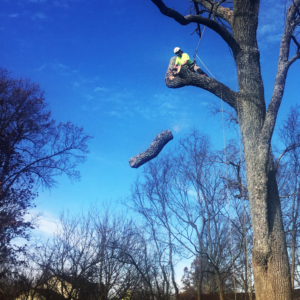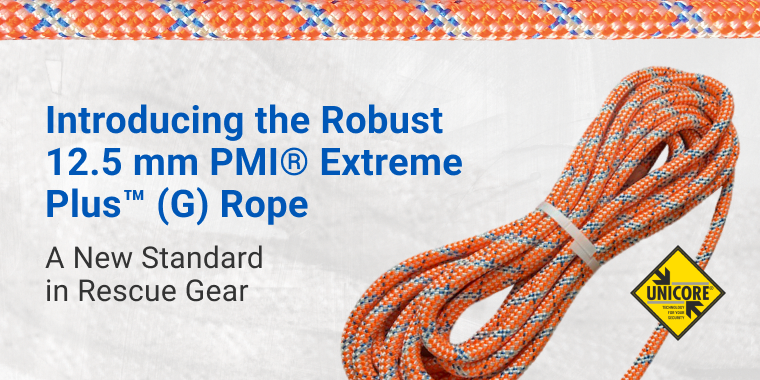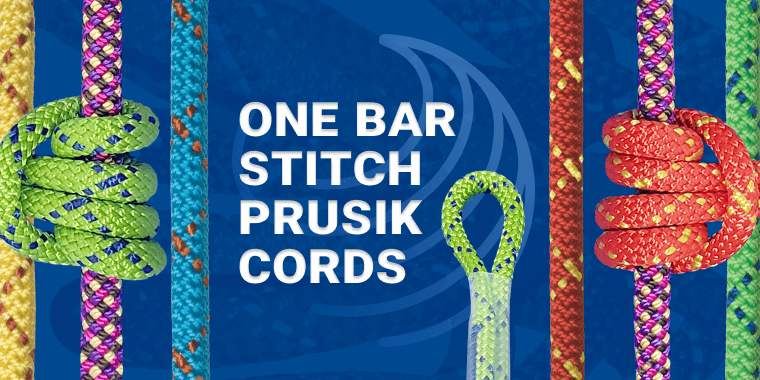Products and Information
Insights into Arboriculture
Take a look into the mind of an Arborist to learn some of what sets this industry apart.
Most of the traditional Christmas trees we know and love are cut and taken from tree farms to be bought and decorated by the public. These specific trees regrow every 6 to 8 years and have an intended purpose, but now that Christmas is officially over and we’ve started a new year, what do we do with all those Christmas trees? Some people take them down the day after Christmas, some people burn them on New Year’s eve to symbolize a fresh start, and some families leave them up for the official 12 days of Christmas, which technically ends on January the 6th. Aside from that, what happens when a tree growing outside gets in the way of our daily lives? It’s not so easy to uproot a giant oak tree that has grown too big, or leans too far due to a storm, and ultimately threatens to break and shatter the very house it shades from the sunshine.
That’s when we call in an Arborist. Let’s look at some insights from someone who handles trees for a living and see what he recommends.
“An arborist’s job goes well beyond cutting up trees”
Arboriculture is a lesser known art, but it is one that is evolving quickly. Nathan Hankins, owner of All Things Vertical, LLC in Colorado, was able to lend a professional eye to the subject. An arborist’s job goes well beyond cutting up trees and limbs to remove it from the premises, he says. The focus instead is on the health of each tree and how to return it to, or maintain, a healthy state of growth. For the tree that has grown too big for the backyard, a typical intention would be to call and have someone “top the tree,” or just hack off the top to fit whatever height works with the house aesthetic. However, businesses like Nathan’s would target the integrity of the tree and prune the branches as necessary to avoid potential damage to the home or the tree. Oftentimes, getting rid of branches that are decaying or unstructural can help the tree grow strong and redirect it’s growth. Trimming off just the top of a tree is not always the best solution. If there comes a scenario where the tree is damaged beyond repair, then an arborist should have the tools and knowledge on how to remove it safely, with minimal damage to the surrounding space.

“No two trees are ever the same”
One aspect that sets the arborist profession apart is that there are no anchor ratings. Disciplines requiring work at height, such as Rope Access and Tower work, are required to have rated anchors in order to tie in. No two trees are ever the same, so an arborist has to have the knowledge and understanding of the tree/branch in question, as well as that of the gear they need to get the job done. As a standard, a full-body harness offers more security in case of a fall due to the dorsal attachment point, but most arborists use a seat harness (with a rope bridge) instead to stay agile in the tree.
“Sometimes the unexpected can happen”
Certified arborists often use a Stationary Rope System (SRS), also known as Single Rope Technique (SRT). Knowing which branch to route a rope over or climb onto takes more than a chart and compass to identify. A Moving Rope System can diffuse the climber’s weight on the rope and cause less direct wear, but it depends highly on angles and requires more knowledge of redirects. The keys to working with any type of system are proper PPE, Awareness, and Communication. A safe work environment takes into account the understanding that anything can become an issue at any time, such as a tree falling in the opposite direction of intention. Sometimes the unexpected can happen to the strongest rope, tightest knot, or straightest of trees.
“This can often cause the rope slide to burn and ruin the rope”
A distinct hazard while working in a tree is the high risk of swing potential. Branches can break or crack under stress, or a climber might just fall. Arborists learn to mitigate such risk with lanyards and rope techniques. Using the proper systems and attachment points, climbers can safely navigate between branches. One example is tying the end of the rope in the system as a friction hitch, such as the Blake’s Hitch, to act as an ascending knot.  This can allow the climber to venture up and down the rope without performing changeovers. However, this can often cause the rope slide to burn and ruin the rope over time. PMI’s 7.5mm Eye & Eye VT Prusik Cords are made of aramid fibers that can withstand such abrasion. Links such as these contribute to a more efficient and open system that can keep climbing ropes from wearing out and needing replacement as often. Depending on the type of rope or climbing style, these lanyards can be customized. For example, Nathan often climbs on 11mm static rope, so a 26” to 28” prusik cord works well. If someone were to be using a 12.5mm static rope or prefer an extra wrap of the prusik, then the 33” length may work better.
This can allow the climber to venture up and down the rope without performing changeovers. However, this can often cause the rope slide to burn and ruin the rope over time. PMI’s 7.5mm Eye & Eye VT Prusik Cords are made of aramid fibers that can withstand such abrasion. Links such as these contribute to a more efficient and open system that can keep climbing ropes from wearing out and needing replacement as often. Depending on the type of rope or climbing style, these lanyards can be customized. For example, Nathan often climbs on 11mm static rope, so a 26” to 28” prusik cord works well. If someone were to be using a 12.5mm static rope or prefer an extra wrap of the prusik, then the 33” length may work better.
When looking for an arborist, make sure to consider your priorities first. Are you looking to get the job done right or at the cheapest price? One major factor to consider is that most arborists work alone or under their own guidelines. This means that they are not working for a major company. Individuals are responsible for obtaining their own training and can set their own prices. Most carry their own insurance as well, but their prices often reflect the varying levels of experience. A good arborist should be able to educate the client on the health and safety of the tree as well as the reasoning behind their methodology. A professional arborist learns specific rope techniques and should have sufficient knowledge to choose from the vast array of rope and equipment available from PMI.
“There are multiple ways to utilize different types of the tree”
Nathan started as a mechanic, but later had the opportunity to do right-of-way clearing for a pipeline. He enjoyed working with forestry and vegetation management so much that he read and learned all he could about it. After making contact with someone in the tree-service in 2009, that interest grew even more. Now Nathan runs a top-notch business providing the community with quality tree care and maintenance, as well as forest fire mitigation. His freedom as an arborist allows him to interact directly with homeowners and discuss the best course of action.
There are multiple ways to utilize different types of the tree, but not all pieces are building quality. The reality is that most wood waste ends up in the landfill. So whether you’re taking out the Christmas tree in your living room, or calling on an Arborist to trim the dead limbs from that giant oak out front, I hope you enjoyed this look into the rising culture of Arborists.




0 comment